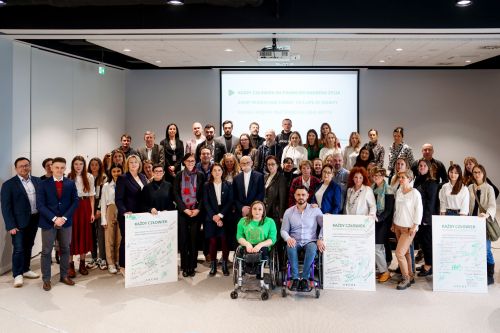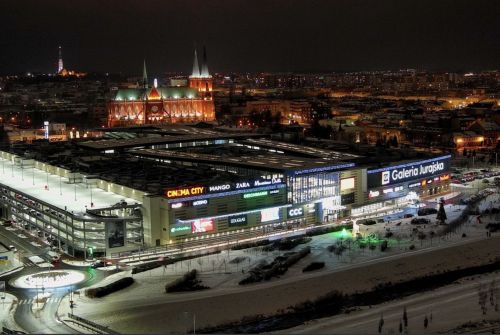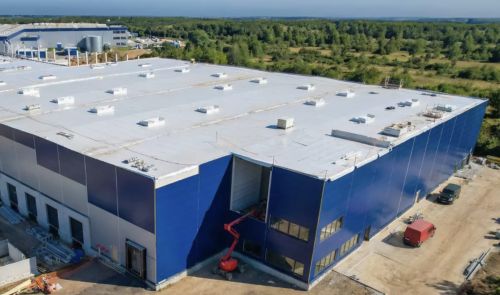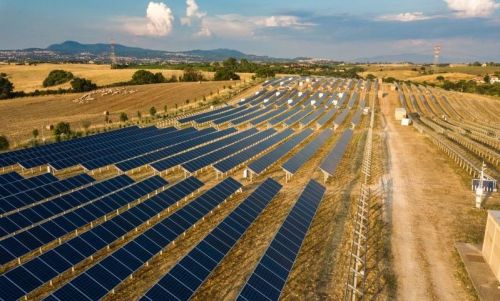Rafał Ostrowski, ‘Eurobuild Central & Eastern Europe’: You have just completed a study of the top 100 industrial locations in Europe. How did the Central European region perform in this ranking?
Dirk Sosef, vice-president, research and strategy, Prologis Europe: We are continuing to see the rise of the CEE markets – they are becoming more and more interesting for warehouse users. The top ranked CEE locations are mainly located in Poland. This is something we previously noted in our 2015 survey, but it is a trend that has been maintained. Central Poland (Łódź) is now the fourth most attractive location in Europe. This is the best ranking Central Poland has ever had in our surveys. Kraków is also highly ranked and closes the European top ten. When you look at the top 25 locations, three of them are in Poland, as Wrocław is also there, while two others are located in Romania and one is Prague.
What were their main strong and weak points?
CEE markets































































